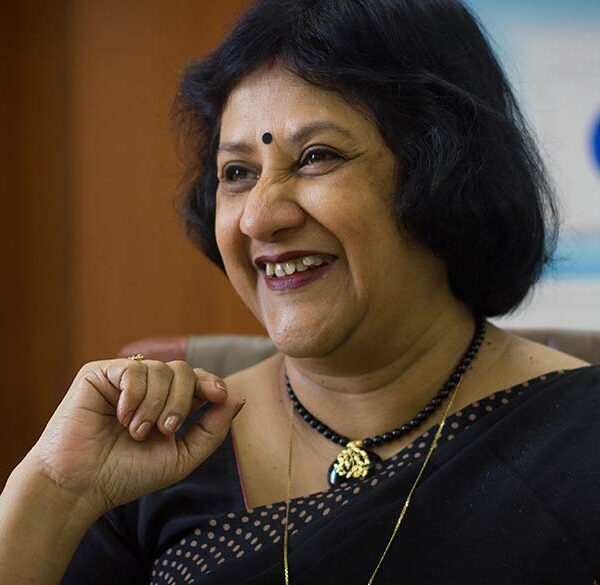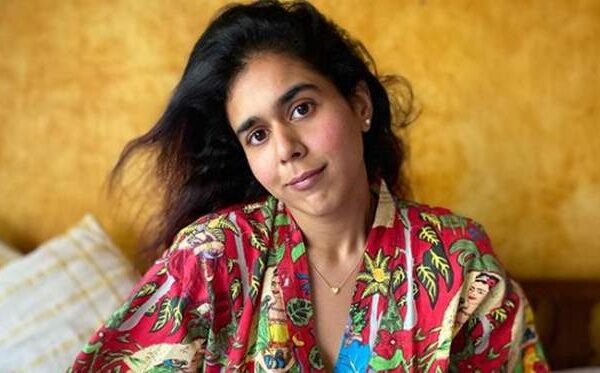Disguised behind the sacred rituals, the Marriages in India are weaved with innumerable patriarchal customs and trends, that belittle the identity and consent of a woman, without her even being aware of the misogynist forces.
To start with, the audacious and illustrious manner in which a Rajput groom comes, riding a mare, with a sword in his hand, originates from the custom that women need to be domesticated. The presence of a sword signifies the development of power narratives, which the husband dominating, in the future of the couple’s longevity. Here is a list of few patriarchal customs followed by Indian Marriages which belittle and humiliate the identity of a woman and have been practiced for years, altogether.
Kanya Daan

It technically means the ‘giving away of the daughter’ in a sacred and religious ritual by the parents. It also means ‘gifting a maiden’ or ‘gift of virginity’. In a very subtle way, it objectifies the women, that have to be ‘handed over’ to the groom and meanwhile, it also absolves the parents from their sins. So, now from being the responsibility of the parents, her duty is passed over to the groom where she becomes a liability.
Interestingly, it is not ‘stree daan’, but rather the daan of a kanya, which implies a virgin. Being a virgin or not at the time of marriage is a choice that every woman deserves to take and no sacred ritual, practiced from the times of Manu Smriti, has the right to demean them for the choices that they make. Also, only a man can do the ‘Kanya Daan’. Women are not allowed to do it. It reveals the hidden contours of female suppression that are prevalent in the Hindu religion.
Kashiyatra

In South Indian Tamil weddings, on the day of marriage, the groom participates in a ritual in which he refuses to marry the bride and wants to leave his worldly pleasures and indulge in religious studies. As he is about to commence on the mock pilgrimage, the father or brother of the bride has to literally implore and plead him to stay and get married. Seems innocent at first sight, but then why it is only the groom who has the right to go for religious studies and denounce the marriage? Why is the bride not allowed to do so? Why can’t she give up her worldly pleasures and commence on a pilgrimage while the groom’s family pleads her to stay?
Feet Washing
In most of the Indian religious weddings, it is mandatory for the bride’s parents to wash the feet of the groom. In the Assamese tradition, the sister of the bride washes the groom’s feet. Marriages are endlessly tiring for both the bride and groom. So, if the feet washing ceremony is meant to refresh the groom, why is the bride’s feet not washed when she indulges in an arduous journey of wedding? When the bride reaches her new household, even then a custom like this is not practiced for her, no matter how tired she is.
Haldi Tradition

In few rural areas, the haldi tradition involves that the haldi paste that was used to cleanse the groom is the same paste that is applied on the bride? Apart from being sexist, it is also questionable on how hygienic it is. The turmeric paste application ceremony is considered very sacred and even a good time to bond with the family members, but why is it not the other way round? Why the turmeric paste that has been used by the bride given away to the groom for being applied?
Name Change
One of the most derogatory practices which are still relevant and very much powerful, it ensures that it is mandatory for the bride to change her name post wedding. It is staunchly practiced in the Rajput weddings. The new name of the bride is decided in accordance to the astrological chart of the groom and the name is chosen on the basis of what is more auspicious for him. This name changing ceremony not only strips away the identity of a woman but also renders her past as immaterial.
Marrying a peepal tree
It’s quite obnoxious to know that if the bride is Manglik, she needs to be married first with a peepal tree before the actual wedding. In today’s modern day and age, not only is it derogatory but also superstitious if seen from the scientific lens. It is quite amusing how a simply marriage ritual like this is evade the evil eye from the groom’s destiny. One can wonder why the same does not apply to the groom and why he is not made to marry a Peepal Tree?
Pot Balancing
In a queer custom in Bihar, once the bride reaches the groom’s family after the wedding, a pot is put on her head and she is asked to bend down and seek the blessings of the family members. After five minutes, another pot is put on her head and she has to continue doing the ritual. If she is able to achieve the perfect balance, it means that she would be able to maintain harmony in the household.
Mother banned from watching the wedding
In Bengali rituals, the mother of the bride is not allowed to witness the proceedings as it is believed that it would cast an evil eye on the daughter. When analyzed properly, this custom does not make an iota of sense. But it is practiced in most of the marriages, which reveals what position women actually have in our society.
Thus, Indian marriages are very patriarchal and they do not have a discourse of debate. Women are objectified and the pundits who assemble to convene the wedding, treat the entire episode with their misogynist approach, which women have to surrender to. It is definitely shameful that even in today’s modern day and age, these patriarchal customs are never questioned and they are allowed to be practiced.












